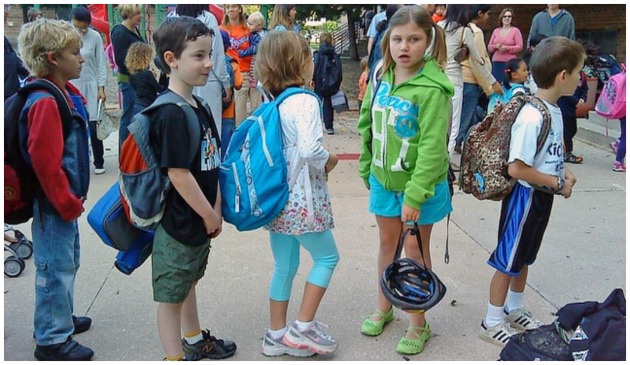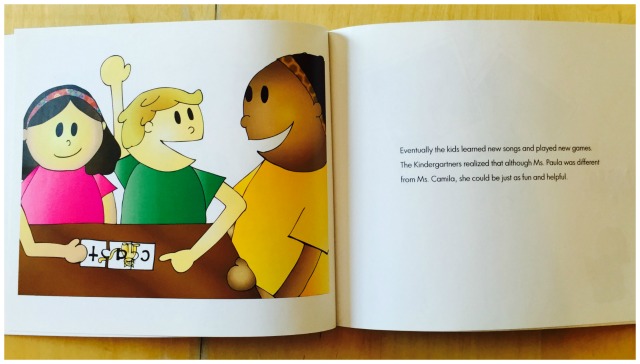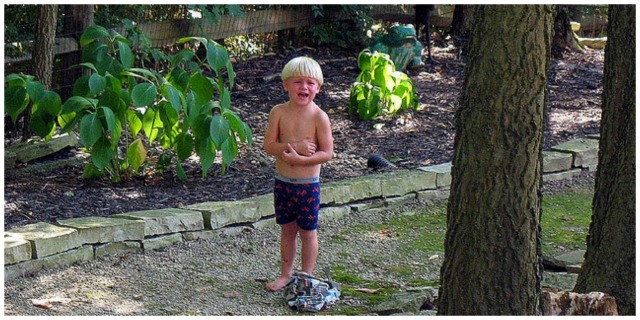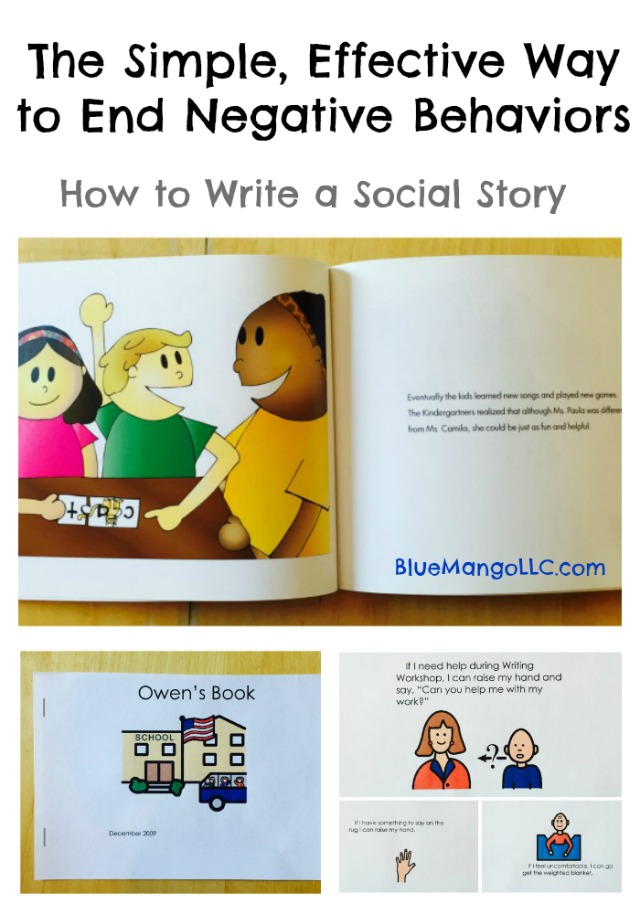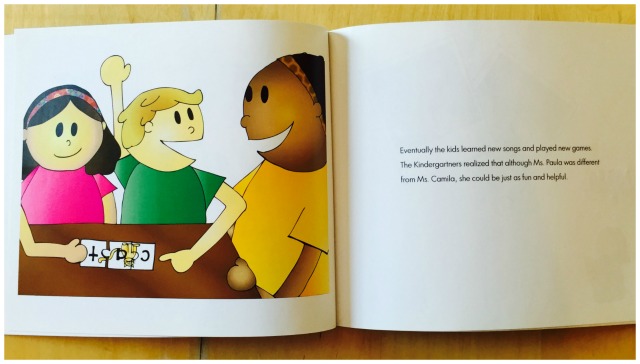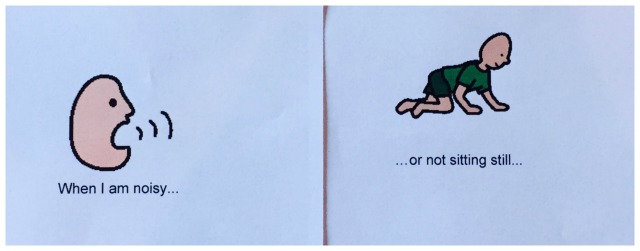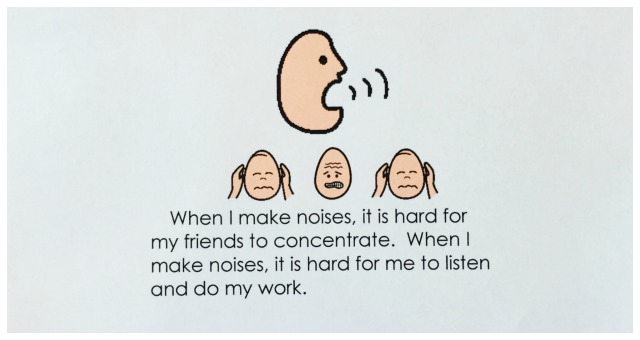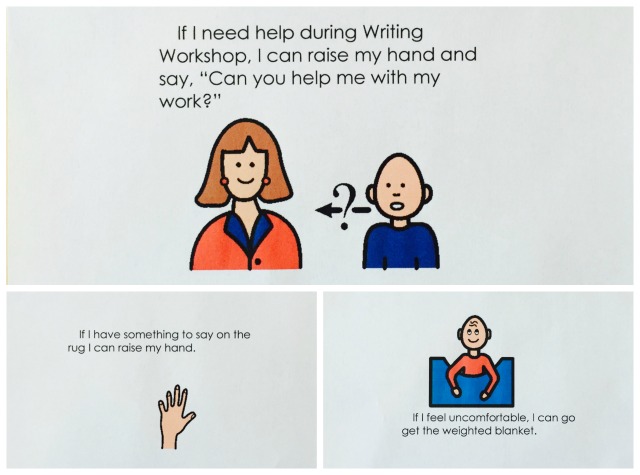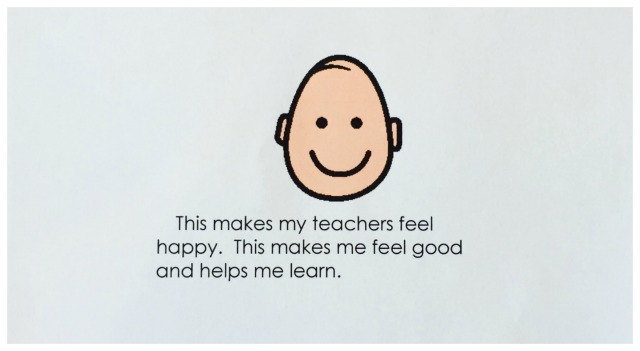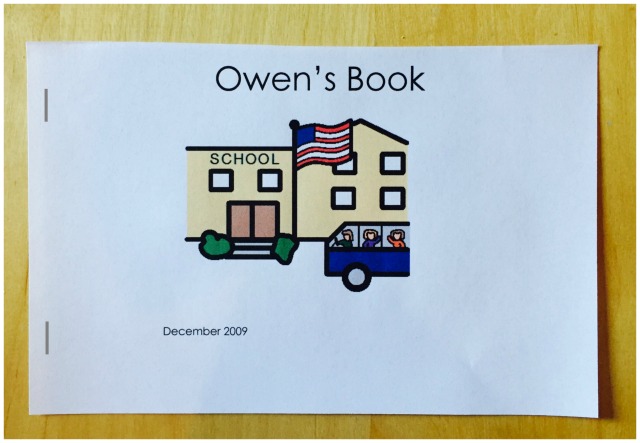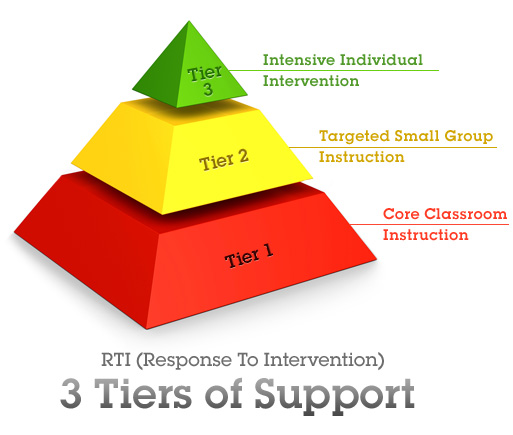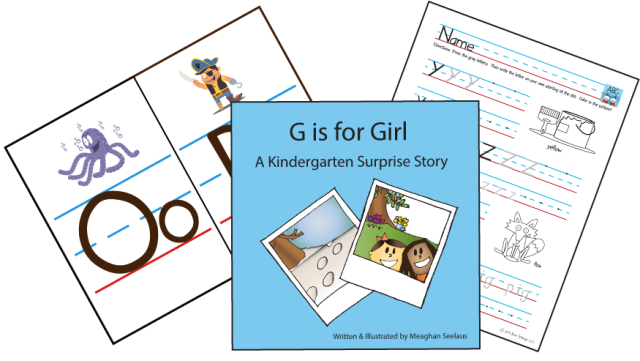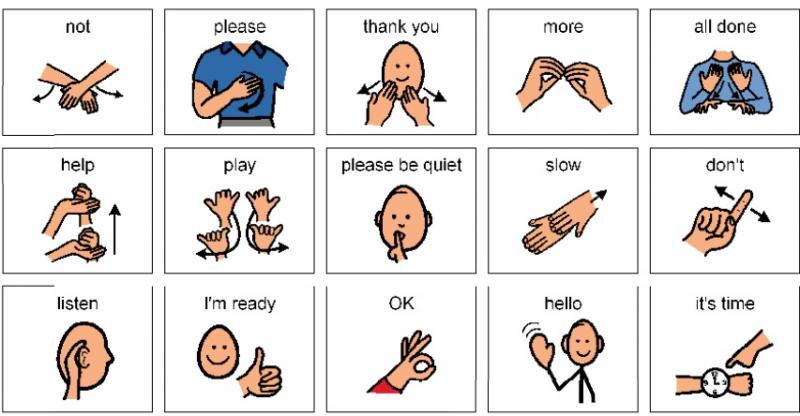If you’re a frequent reader of Blue Mango, you’ve probably picked up on the fact that I’m expecting my second child.
Since I’ll be full term (baby could arrive at anytime!) in less than a week, I thought I’d officially share the news with everyone.
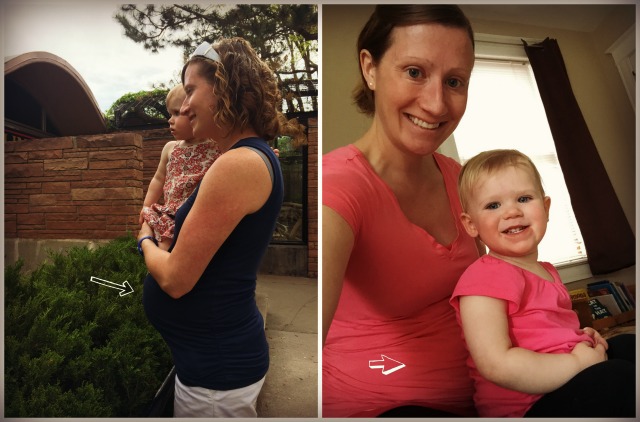
I’ve been busy trying to nest like crazy the past couple of weeks.
This involves not only buying diapers and washing itty bitty clothes in Dreft, but spending lots of time on my readers and thinking big picture about where Blue Mango is going.
- How can I provide even more and even higher quality information and materials?
- How can I take Blue Mango to the next level and what will that look like?
As you can see, I set a high bar for excellence and am always striving to improve and better connect with my readers.
So you don’t have to worry – Blue Mango will continue to grow even after the new addition.
Today I want to reflect on my first years of parenting – from a teacher’s perspective. I’ve learned so much as a parent by being a teacher and as a teacher by being a parent.
If you’re one, the other or both, I hope you will be inspired by some of the realizations that I’ve made over the last two years.
1. Teaching has prepared me to have my 2nd child
I’ve learned a lot over the years working with young children and am so grateful to have this insight going into my second child.
The most important thing I realized after experience in the classroom was that every child is an individual. You need to spend more time getting know them instead of trying to shape them in who you think they should be.
You can do one thing one year and the exact same thing the next and it will have opposite effect on a particular child.
You’ll develop an arsenal of strategies and while you may feel excited that you’ve “cracked the code” on how to reach kids, you’ll realize you always have to keep adapting because kids are all different.
Give yourself credit where credit is due, but also cut yourself some slack when children don’t respond exactly as planned when you do everything right.
For example, I could boast that Reagan is such a great eater (a toddler who loves meat and okra!) because we decided to follow baby led weaning – giving her real food from our dinner early on instead of purees.
However, I realize that #2 may only eat mashed bananas for a year despite our best efforts.
Stick with what works for most kids, try out new strategies for outliers and recognize that all kids are different (personalities, temperaments) and you won’t be able to control them 100%.
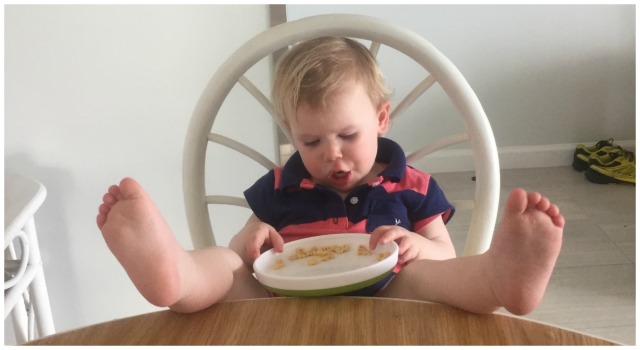
Despite everything you do, they will be who they are.
3. Your first kid is like your first year of teaching
You’ve spent so much time reading about, preparing for and developing your philosophy. You’ve even spent a lot of time working with little ones that you’re excited and ready for the big day.
Then suddenly you’re thrown head first into this new situation!
While you may have some experience, you are not accustomed to the long days, the extreme responsibility, the loneliness of doing it all yourself and the exhaustion of having to be ON all day.
You think you know how to handle a situation and it backfires completely. You seek advice and receive too many conflicting ideas. You might even question your once unwavering philosophy of your (pre-baby, pre-teaching) years.
It’s a time filled with excitement and growth; exhaustion and frustration.
After doing a year long internship at a private school in Boston, I was not prepared my first year teaching for 6 years old to be talking about being “sexy,” peeing themselves on purpose in class for attention or throwing shoes at the rest of the class while they were supposed to be taking a break.
But these are comical stories now and I love reminiscing about those unpredictable days with those amazing kids. I also feel totally confident in handling any one of these behaviors today.
But as a first year teacher, I was at a loss for navigating these waters.
Just as with teaching, as a parent I had an idealistic philosophy in mind before my daughter was born. While my core principles haven’t changed, I recognize that there are many paths to success.
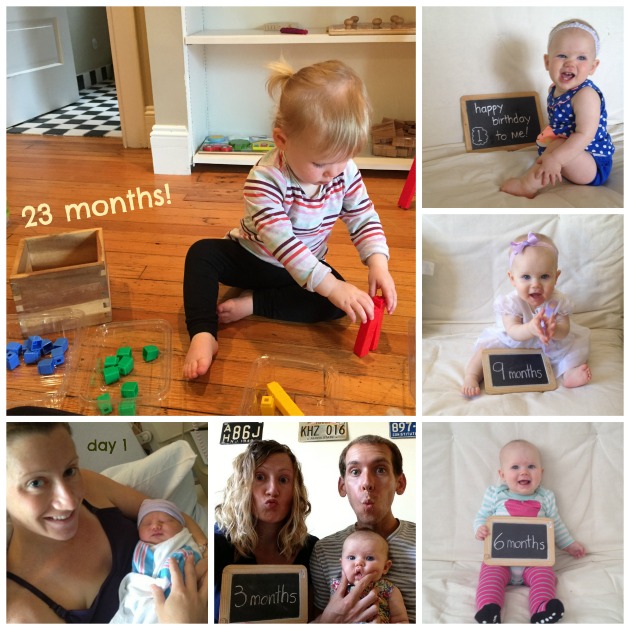
By adapting different philosophies and strategies (instead of blindly following one doctrine) you can still be true to yourself and achieve your original goals. It just may look different in the real world that what you’ve read in a book.
3. I now know my philosophy & the tools I like to use
Looking back at Reagan’s first year of life, I realize how similar it was to my first year of teaching.
After delivering with a midwife, having a natural birth and initially breastfeeding anywhere and everywhere for any reason – hungry? tired? bumped your head? – I was naturally funneled into Attachment Parenting.
This all sounded great in theory until I had a 6 month old who only nursed to sleep, woke up all night long and never napped unless I wore her around in a sling. When I finally realized it wasn’t for me, we cruelly “sleep trained” my daughter.
How a few minutes of letting my daughter cry – something I vowed never to do – completely changed my life for the better.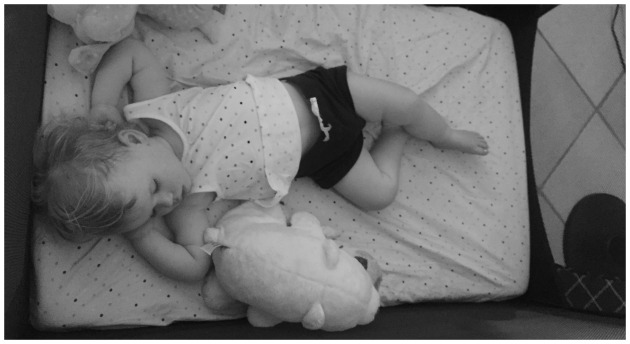
Before giving birth I had strong opinions about how I was going to be a mother – and easily judged others who were not doing it as well as I planned to.
But after Reagan was born – blame hormones, sleep deprivation or the Mama instinct to protect your child – I never knew where I should stand on anything.
Every single tiny thing seemed like a major decision with my first child.
Now, two years later, I have a firm grasp on my parenting philosophy. I know what things I take a hard stance on and what things just don’t work for me as a parent.
My husband and I take a hard stance on things like food (plenty of plants, low sugar) and screen time (currently completely absent in Reagan’s life besides Skype).
But other things we don’t care so much about such as running around outside with no shoes on and eating food that fell in the dirt (probiotics right?).
I also know what organizational systems and materials work for me.
After a year of teaching you start to learn where you like to place the rug and tables to optimize learning and what brand of colored pencils won’t break after a month.
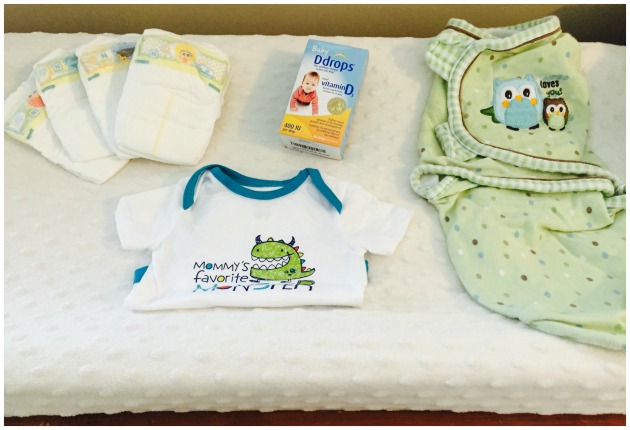
As a second time mom, I now know I’m okay using Pampers instead of cloth diapers, what brand of Vitamin D drops don’t contain nasty additives and that velcro swaddles are 10x easier (and less anxiety producing – think smothering) than trying to swaddle with a traditional blanket.
Not having to make all these decisions all over again is a huge weight off your shoulders (and confidence booster) as a parent or teacher.
4. Now I am confident
While I still listen to wise advice and like to hear multiple opinions on topics, I don’t need to read every book or blog and survey every parent to make a decision about what’s best for my child.
As I mentioned before, different things work for different kids (and different parents).
I agonized for months over whether I should potty train Reagan before #2 arrived and finally decided I had too much to worry about.
While she may have been ready, I didn’t want to deal with accidents and extra clothes and finding toilets everywhere we went. Let’s just go to the park for two hours and you can play around happily with a poop in your diaper.
You need to do what works for YOU that fits with your personality and style of teaching or parenting – and also what is just practical.
For me, as a teacher, I don’t like constantly dealing with arguments in line – “She cut me!” “He’s always first!” – so I establish a “line order” and make kindergartner size squares on the rug so students know exactly where to line up each time and we can leave the classroom quickly.
I feel like it takes some stress off of the kids because they know what to expect every day. Most importantly, I don’t waste my time settling disputes.
That’s what works for my teaching style, philosophy and personality but another teacher may approach the situation completely differently.
5. I have a strong foundation – but am willing to improve as I uncover new, exciting research
It’s great to stand by your philosophy and have systems and routines in place that work for you and your kids. After all you don’t have to reinvent the wheel everyday – that’s why Pinterest and Teachers pay Teachers exists.
However, times change. While Pop-Tarts may have been an acceptable breakfast in the 80s, baby bottles were coated with BPA and we all turned out “fine” (higher rates of cancer and diabetes?) now we know better.
The same goes for teaching. There is constantly new brain research and new methodologies (listen to some of those innovative ideas from your student teachers!) that it would be irresponsible to be doing the exact same thing with your students that you did 15 years ago.
Stay confident in your philosophy and ability to really understand children – something that comes from years of experience – but always strive to improve.
Now that Reagan is 2, I have developed a strong foundation for my parenting philosophy. However, I’ve already learned new things to do with #2.
After all of my research and talk with expert pediatric OTs and PTs, I will challenge myself to use less baby containers, won’t let my second child sleep overnight in the Rock n’ Play for 3 months and am more motivated to buy less toys with buttons and batteries.
All these things still go with my parenting philosophy, but I’m excited to try a few new things after discovering some great research.
My advice to you – Follow the 80/20 Principle
Finally, just do your best.
Focus on tasks that take up 20% of your time and give you 80% of the results – not the reverse. You can easily waste your time debating minutia and trying to be perfect.
At the end of the day, do your best, learn and move on from your mistakes and recognize you won’t be able to reach 100% of the kids 100% of the time – you’re doing great.
Have I yelled “Just stop it, Reagan!” at my daughter instead of saying, “I see that you’re really frustrated and angry. How can I help?” – of course!
But later I reflect and recognize that I was tired and overwhelmed and try to remember how to respond more constructively next time.
A Blue Mango Summer
I look forward to continuing to share amazing content with you – though I may be posting less often this summer.
My family is my number one priority and while I’d love to get a lot of stuff done, I want to enjoy those precious (sleep deprived) months with my new little one and make sure Reagan is getting the love and attention she needs as well.
I’ll still be active on social media (Facebook, Pinterest, Twitter) because I mean… what better thing to do when you’re nursing 10 hours a day?
In addition, I’ve invited some great guest posters to contribute this summer to still bring you high-quality content.
Enjoy your summer with your kids (or a break from your classroom kids) and keep me updated on all your challenges and adventures in early childhood! I’ll do the same!
